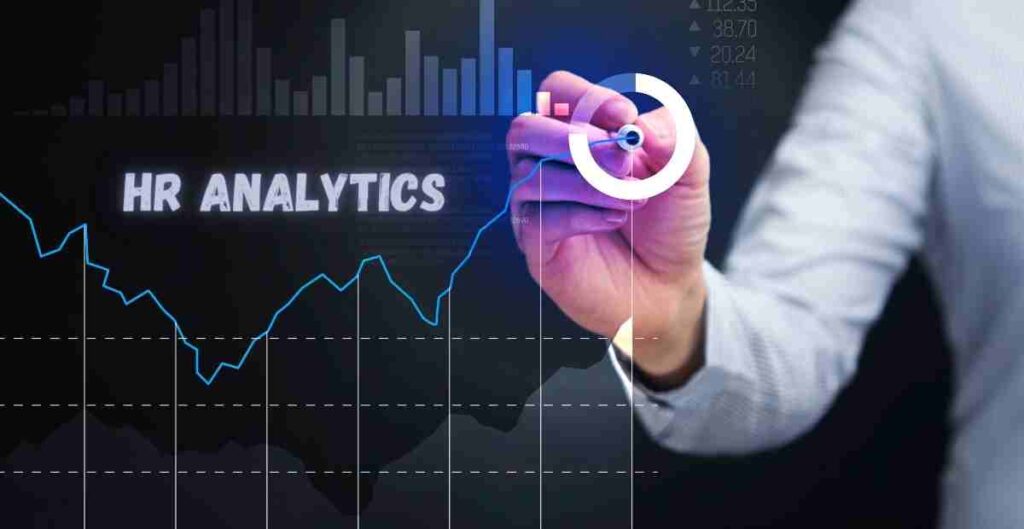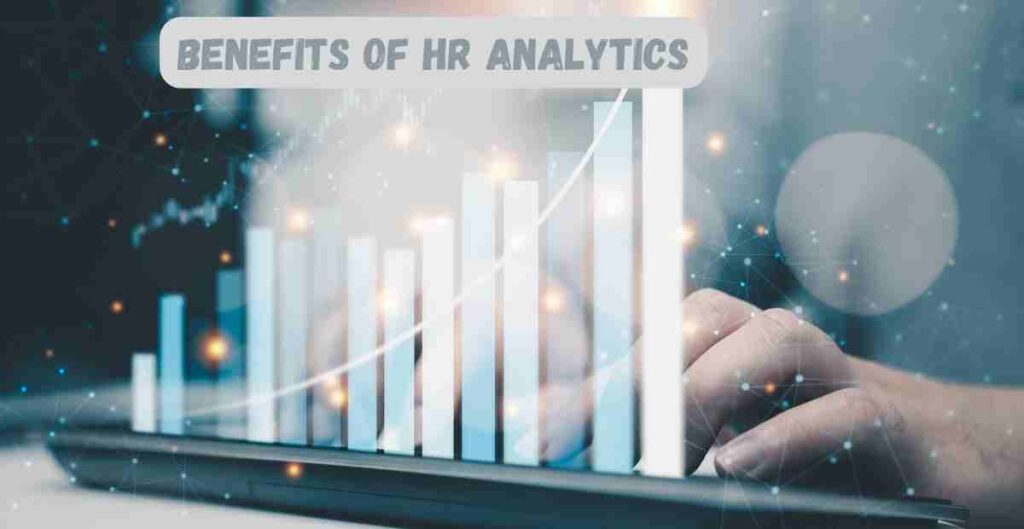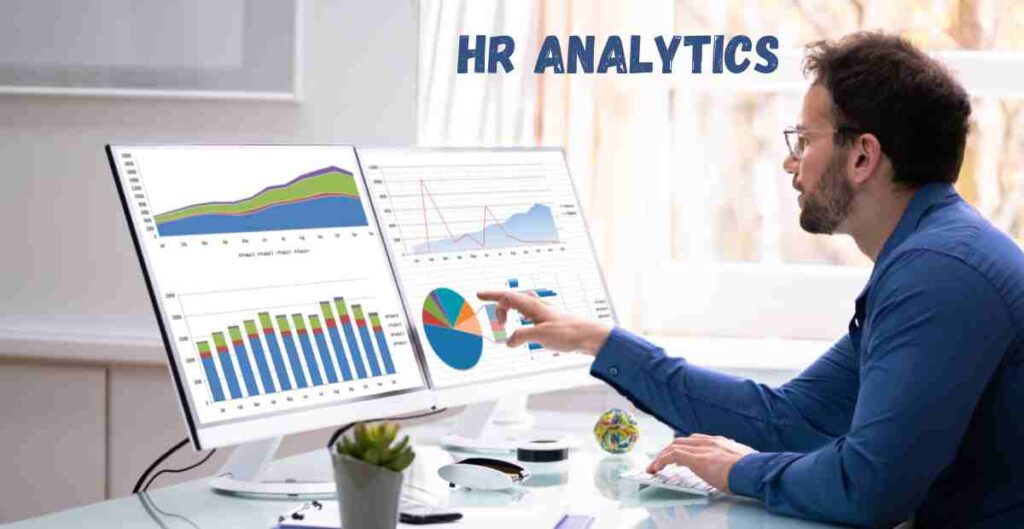As an HR professional, I have always been fascinated with the power of data. In today’s fast-paced business environment, it’s more important than ever to be able to make informed, data-driven decisions. That’s where HR analytics comes in. In this article, I will explain what HR analytics is, the benefits it offers, and how you can implement it in your organization.
What is HR Analytics?

HR analytics, also known as human resources analytics, is the process of using data to make informed decisions about the workforce. It involves collecting and analyzing data on various aspects of the workforce, such as employee engagement, turnover rates, and performance. HR analytics allows us to understand our employees better and make data-driven decisions that can improve their experience and drive business results.
Benefits of HR Analytics

The benefits of HR analytics are numerous. First and foremost, it allows us to make informed decisions about our workforce. By collecting and analyzing data, we can identify trends and patterns that can help us understand our employees better. For example, if we notice a high turnover rate among a certain department, we can investigate the cause and take steps to address it.
HR analytics can also help us improve employee engagement. By collecting data on employee satisfaction, we can identify areas where employees are unhappy and take steps to address them. This can lead to higher employee morale and productivity. Additionally, HR analytics can help us identify high-performing employees and reward them accordingly, which can improve retention rates.
HR Analytics Statistics and Trends
According to a recent study, 71% of companies see people analytics as a high priority. Additionally, companies that use people analytics are three times more likely to improve their recruiting efforts, twice as likely to improve their leadership pipeline, and four times more likely to improve their talent mobility. These statistics show that HR analytics is becoming increasingly important for businesses of all sizes.
Understanding HR Data
To effectively use HR analytics, it’s important to understand the data you’re collecting. HR data can come from a variety of sources, such as employee surveys, performance reviews, and attendance records. It’s important to ensure that the data is accurate and reliable. Additionally, it’s important to understand how to analyze the data to identify trends and patterns.
HR Metrics Examples
There are many different HR metrics that you can track using analytics. Some common examples include:
- Turnover rate: The percentage of employees who leave the organization within a certain period of time.
- Time-to-hire: The average amount of time it takes to fill a job opening.
- Employee engagement: The level of satisfaction and commitment employees have to the organization.
- Performance rating: An evaluation of an employee’s job performance.
HR Analytics Certification and Courses
If you’re interested in pursuing a career in HR analytics, there are many certification and course options available. These programs can provide you with the skills and knowledge you need to succeed in this field. Some popular options include the Society for Human Resource Management (SHRM) People Analytics Specialty Credential and the Human Capital Institute (HCI) Strategic HR Analytics Certification.
Implementing HR Analytics in Your Organization
To implement HR analytics in your organization, you’ll need to follow a few key steps. First, you’ll need to identify the data you want to collect and the metrics you want to track. Next, you’ll need to ensure that you have the technology and resources in place to collect and analyze the data. Finally, you’ll need to train your team on how to use the data to make informed decisions.
HR Analytics Maturity Model
The HR analytics maturity model is a framework that can help you assess your organization’s level of maturity when it comes to HR analytics. The model consists of five stages:
1. Foundational: Basic HR metrics are tracked and reported.
2. Developing: HR data is used to make informed decisions.
3. Strategic: HR analytics is integrated into business strategy.
4. Advanced: Predictive analytics is used to anticipate future workforce needs.
5. Leading: HR analytics is a key driver of business decisions.
HR Analytics Tools and Technologies
There are many different tools and technologies available to help you collect and analyze HR data. Some popular options include:
- HR information systems (HRIS): Software that helps you manage HR data.
- Business intelligence (BI) tools: Tools that help you analyze and visualize data.
- Predictive analytics tools: Tools that use data to make predictions about future trends.
HR Analytics Best Practices
To get the most out of your HR analytics program, it’s important to follow best practices. Some key best practices include:
- Start small: Focus on a few key metrics to start with.
- Involve stakeholders: Get input from all stakeholders to ensure that you’re collecting the right data.
- Use data to drive decisions: Use the data you collect to make informed decisions about your workforce.
- Continuously improve: Regularly evaluate and refine your HR analytics program to ensure that it’s meeting your needs.
Future of HR Analytics
The future of HR analytics is exciting. As technology continues to advance, we’ll see more sophisticated tools and technologies that can help us collect and analyze HR data. Additionally, we’ll see more integration between HR analytics and other business functions, such as finance and operations. This will allow us to make even more informed decisions that drive business results.
Conclusion
HR analytics is a powerful tool that can help you stay ahead of the game. By collecting and analyzing data, you can make informed decisions about your workforce that drive business results. Whether you’re just starting out with HR analytics or you’re already using it in your organization, there’s always room for improvement. By following best practices and staying up-to-date with the latest trends and technologies, you can ensure that your HR analytics program is driving success for your organization.
Ready to take your HR analytics program to the next level? Contact us today to learn more about how we can help.

